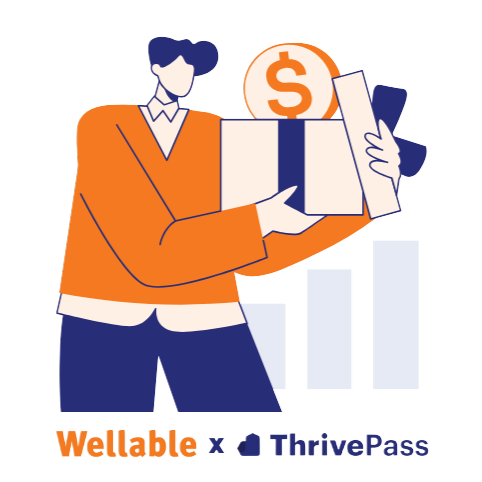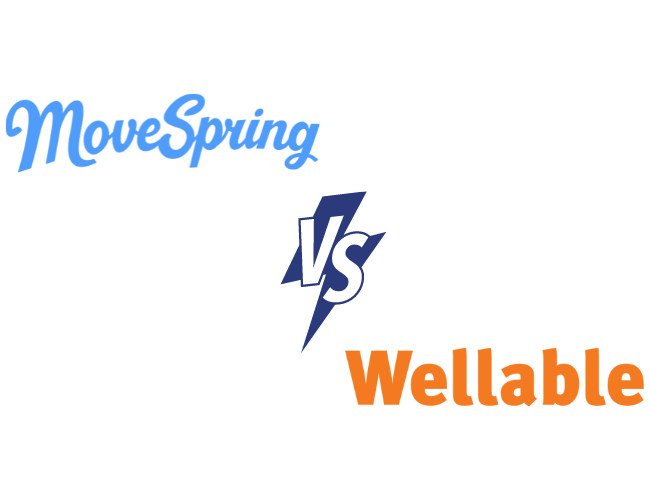Today, when it comes to health questions (or any questions) it can be difficult to avoid searching online first. There’s no waiting for appointments and no money wasted on office visits or lab work. Unfortunately, not all medical and wellness websites can be reliable or accurate. Plus, while most people are very familiar with the warning “don’t believe everything you read,” it’s often easier said than done.
While technology has improved availability and access to information, it’s sometimes at the expense of quality. Going down a rabbit hole of articles from questionable sources and posts about personal experiences (that may be irrelevant or exaggerated) can lead to misplaced anxiety and incorrect treatments.
It can lead to a mistrust or avoidance of medical professionals if concerns are not legitimized or if a physician does not agree with a self-diagnosis. In the worst-case scenarios, proper treatment is avoided, or the wrong advice is followed, worsening existing health issues. Furthermore, mental and emotional wellness deteriorates as a person becomes stressed and worried.
On the other hand, some people feel overwhelmed by the amount of information and tools available online. Instead of worrying over possible diagnoses, these people can simply feel helpless, stuck, and unwilling to deal with a health concern at all. Both quality information as well as personalized guidance are necessary elements to improve overall health literacy.
Confronting Employee Anxiety Over Health
Many people turn to the internet because they are worried about the resources required to appropriately deal with their health. A strong wellness program can change the mentality workers have when it comes to controlling their lives. If a benefits package is comprehensive and well-understood, employees are more likely to take advantage of healthcare and available resources.
Mental health support and stress management tools in a wellness program can also prevent internet-induced anxiety, especially for workers prone to worrying. Having the right attitude and outlook can lead to more measured, realistic responses when a medical question arises. In particular, mindfulness and meditation exercises can stabilize emotions, alleviate stress, and improve mental clarity when approaching a problem.
Additionally, a positive workplace culture encourages optimism, leading employees to be hopeful instead of worrisome when it comes to a health issue.
Promote Health and Wellness Literacy
It’s important to help employees avoid the consequences of bad online advice, as poor health and stress can negatively affect work performance. Employers stand positioned to help guide and inform workers by making health literacy a priority in any wellness program.
Providing relevant, evidence-based content for health conditions and concerns can inform employees to make better medical decisions and lifestyle choices. It can also be helpful to encourage employees to use critical research skills when investigating any health issue, and direct their attention to reputable science and medical organizations’ websites.
This literacy extends to other wellness areas, too. It’s important that employees have a good understanding of their available benefits packages and options, including how to use specific tools or manage financial accounts. Overall, this can alleviate anxiety and confusion in all areas of well-being. This also promotes employment engagement and success in wellness programs.
Make it just as easy for workers to get answers to their medical, financial, and other wellness questions from their employer program as it is from a Google search. Digital delivery, such as emails or online documents, can usually provide the most convenient access of information. However, having resources to answer questions in person can also be a valuable way to build trust and create a stronger culture of wellness.
Wellable’s health content solution is one tool companies can use to get timely and relevant information to employees in a digestible format. It includes evidence-based wellness content delivered via text messages, print flyers, and email newsletters.
Successful delivery of health and wellness information ensures workers are knowledgeable and confident in the decisions they make when it comes to their well-being.












